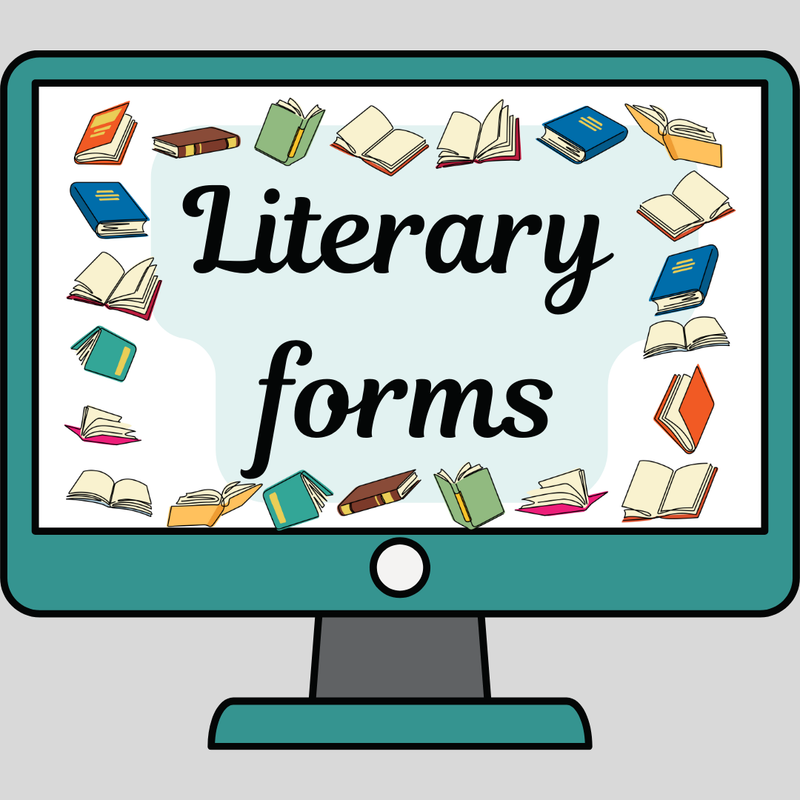Literary forms

ELAL Learning Outcome (Knowledge) - Texts can be categorized according to their content and include fiction and non-fiction. Literary forms of fiction and non-fiction texts include drama, short stories, and images.
This lesson, repeated throughout the Grade 3 year, invites students to analyze a variety of digital literary forms including drama and other genres in the form of short stories that include images. A couple of samples will be included but many more can be used to teach this lesson.
Lesson:
Objective: Students will analyze media samples, starting to distinguish key elements that make up different genres, specifically drama, fiction (fable, fairytale, fantasy, legend, tall tale, etc.), and non-fiction.
https://www.cde.ca.gov/ci/cr/rl/litrlgenres.asp I am including a link to the definition of different types of literary genres.
Media Samples:
Fable: The Bear and the Bee
Note: Fable Cottage has many stories
Fairytales: The Frog Prince
Note: While these stories will be familiar to some students, many of our students will not know these stories because they come from different cultures or just have not been exposed to them. Other modern-day stories would include Shrek and Puss n Boots but these are long.
Fantasy: The Forest's Treasure
Note: There is overlap between fable, fairytale, and fantasy genres so some will fall into more than one category.
Legends: The Legend of Weesakayjack
The Legend of the Northern Lights
Tall Tales: Paul Bunyan
Key Questions for Discussion: What elements make this a fable? A fairytale? A fantasy? A tall tale? What is the purpose of this type of story? Is the message still important or appropriate today? Why or why not?
Activity: There are several possiblilities here. Students could choose and perform fairytales, fables, or tall tales in small groups to develop their oral language and expressive skills. They could be tasked with identifying the elements that make what they have chosen one of the above genres.
link to the One Stop Drama Shop: https://onestopdramashop.com/free-drama-materials/ - this link includes free materials
A second option would be to choose a familiar fairytale or fable and change characters or elements to make it more up-to-date and appropriate for today, much like a fractured fairytale. They would need to identify the elements they changed and why they changed them.
Filming their plays using iMovie to improve their technical skills helps students to view differently what they see on the screen. It also allows them to analyze and improve upon what they have created.
Followup:
This activity can be repeated throughout the year to develop students' recognition and reinforcement of the elements that identify different literary forms.